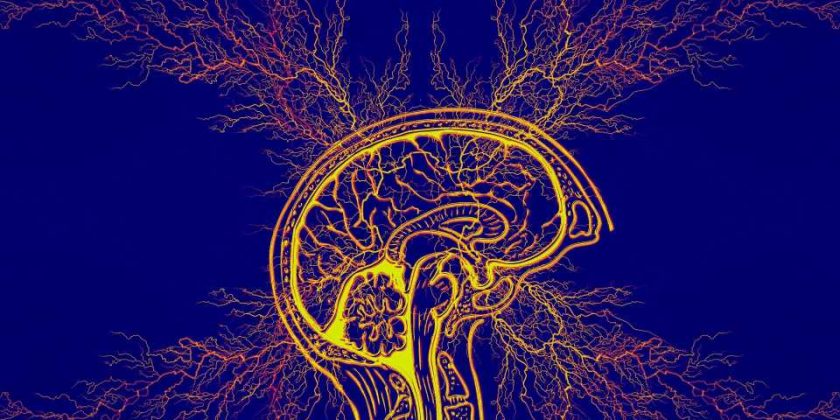
Investigators have discovered a new method to determine whether individual genetic variants in the epilepsy-associated gene SZT2 cause a neurodevelopmental disorder, according to a Northwestern Medicine study published in the journal Brain.
Pathogenic variants in SZT2 have been associated with the development of different neurodevelopmental disorders, including early-onset epilepsy and developmental delays. Additionally, the SZT2 protein plays an essential role in the mTORC1 signaling pathway, which helps promote cell growth and proliferation.
Meanwhile, many SZT2 missense variants—variants where a single amino acid is replaced by another—have been increasingly detected through clinical genetic testing but classified as variants of uncertain significance, or variants that do not have a clear association with disease.
Classifying these variants as either likely benign or pathogenic, however, has remained a challenge due the large size of SZT2—it contains more than 3,400 amino acids—as well as its lack of crystal structure and functional domains.
“There are many different amino acids that can be mutated and become missense variants, so it’s very challenging to tell which are pathogenic and which are benign. That’s why high-throughput studies like this are so important,” said Gemma Carvill, Ph.D., assistant professor in The Ken and Ruth Davee Department of Neurology Division of Epilepsy and Clinical Neurophysiology and senior author of the study.
For the current study, Carvill’s team recruited twelve individuals who carried biallelic SZT2 variants of which one or more were classified as variants of uncertain significance.
Using CRISPR-Cas9 genome editing, the investigators engineered cells to contain patient-specific missense SZT2 variants and performed a functional cell assay that separated cells based on whether the mTORC1 signaling pathway was active or inactive.
The investigators then used next-generation sequencing to determine which SZT2 missensevariants retained function and which lost function and were likely to be pathogenic.
Ultimately, they discovered a recurrent in-frame deletion—when one amino acid is deleted out of the protein—and was determined to be a loss-of-function variant and reclassified as likely pathogenic.
This recurrent variant is also a founder variant, a genetic variant that occurs more prevalently in individuals with similar or the same ethnicity. In this case, the founder variant is more prevalent in individuals of Ashkenazi Jewish ancestry, and this variant should be included in targeted panels for individuals interested in prenatal testing, according to Carvill.
The current approach is applicable to other neurodevelopmental disorders that are rooted in the mTOR pathway, according to the authors.
Furthermore, mTOR inhibitors may benefit patients with genetic variants affecting mTOR function. Only recently has SZT2 been associated with this particular pathway, as compared to other epilepsy-associated mTOR genes, warranting a need for future clinical trials and high-throughput cell assays.
Source: Read Full Article
